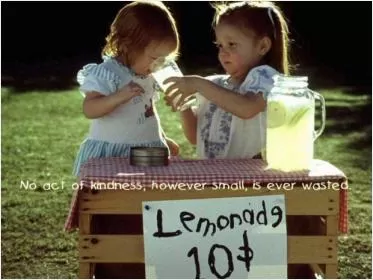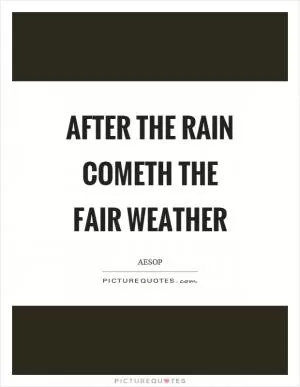Self-conceit may lead to self destruction

Self-conceit may lead to self destruction
In the world of Aesop's fables, self-conceit is a recurring theme that often leads to disastrous consequences for the characters involved. Aesop, a Greek storyteller believed to have lived in the 6th century BC, used animals as characters in his fables to teach moral lessons to his audience. One of the most famous fables that illustrates the dangers of self-conceit is "The Tortoise and the Hare."In this fable, the Hare is a fast and arrogant animal who boasts about his speed to the slow and steady Tortoise. The Hare challenges the Tortoise to a race, confident that he will easily win. However, the Tortoise accepts the challenge and, despite his slow pace, ultimately wins the race because the Hare becomes overconfident and takes a nap during the race. The moral of the story is that self-conceit can lead to complacency and ultimately to defeat.
Another fable that highlights the dangers of self-conceit is "The Fox and the Grapes." In this fable, the Fox sees a bunch of grapes hanging from a vine and becomes determined to reach them. Despite his best efforts, the Fox is unable to reach the grapes and eventually gives up, declaring that the grapes are probably sour anyway. The moral of the story is that self-conceit can lead to sour grapes, or disappointment and bitterness, when one is unable to achieve their goals.












 Friendship Quotes
Friendship Quotes Love Quotes
Love Quotes Life Quotes
Life Quotes Funny Quotes
Funny Quotes Motivational Quotes
Motivational Quotes Inspirational Quotes
Inspirational Quotes